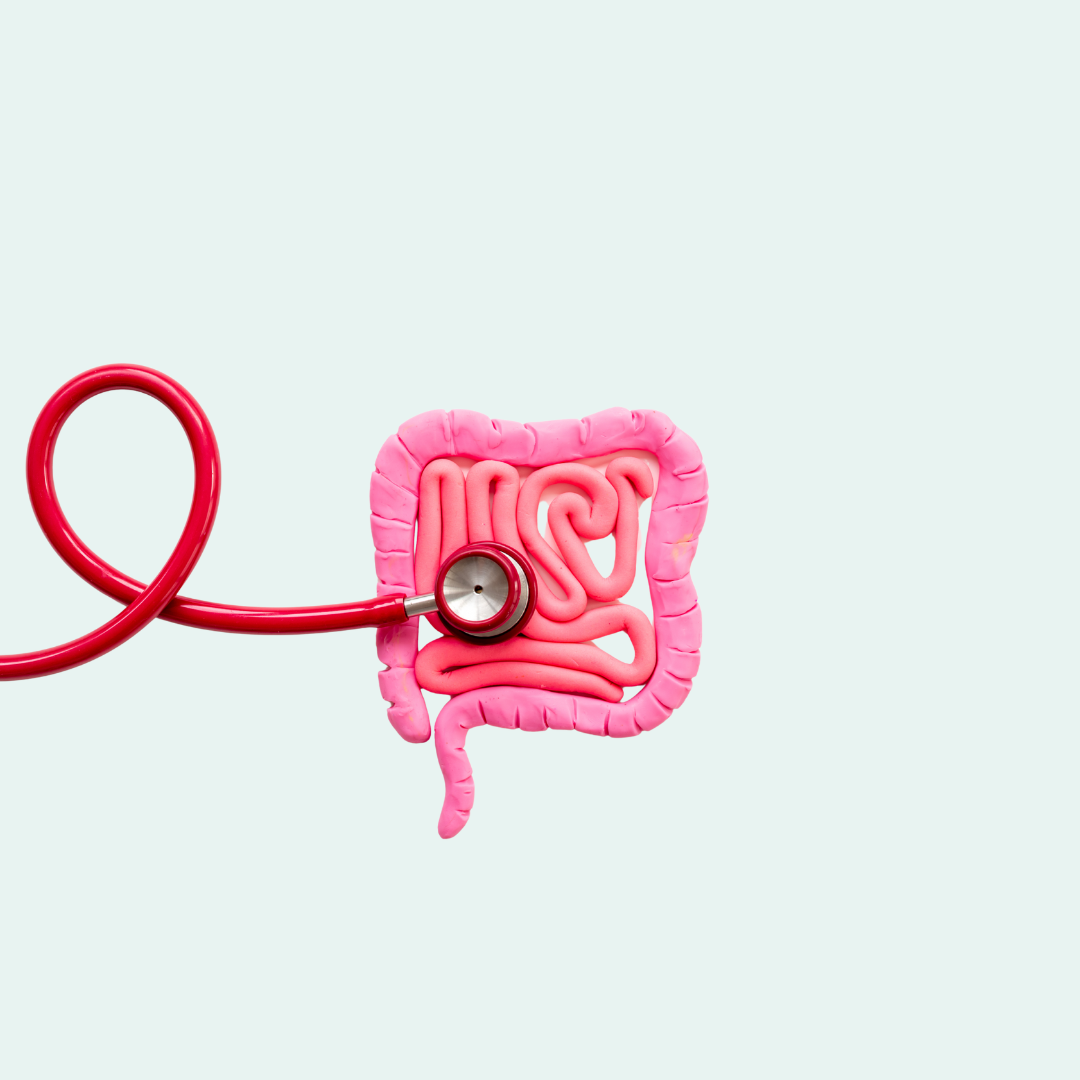How to Choose the Best Probiotic: Key Factors and Tips for Identifying High-Quality Brands
When choosing a probiotic, start by considering your specific health goal:
- Finished a round of antibiotics? A probiotic can help replenish beneficial bacteria.
- Traveling abroad? Prevent traveler’s diarrhea with a probiotic targeted for this purpose.
- Preventing UTIs or yeast infections? Look for probiotics designed to support these areas.
There are many “broad-spectrum” probiotics which could potentially prevent any or all of these issues, but you may also find brands that are tailored to specific body systems which may be more helpful for a specific short-term need. Sometimes the label may indicate a specific area of support. If not, the probiotic is likely intended for general gut and immune health.
Understanding CFU Counts & Probiotic Strains
When selecting a probiotic, CFU count and strain diversity are key components to consider. CFU stands for colony-forming units, which is a measurement of the number of live beneficial bacteria organisms present in the supplement.
Depending on your reason for taking a probiotic, CFU count could be a crucial factor. Generally, 20-30 billion CFUs from 10-20 different strains can be used for general wellness, prevention, or mild digestive upset support. If you’re dealing with active IBS or looking for a post-antibiotic gut reset, it could be beneficial to take a higher count formula like 50 or even 100 billion CFUs from a variety of strains for 1-3 months. However, if you are only taking a probiotic to prevent diarrhea while traveling, or to prevent/support recurring UTIs, a smaller count like 5-10 billion from 1-3 strains may be adequate.
- General Wellness: 20-30 billion CFUs | 10-20 strains
- Post-Antibiotic or IBS Support: 50-100 billion CFUs | Multiple strains
- Travel or UTI Prevention: 5-10 billion CFUs | 1-3 strains
When reading the label, are the strains specifically identified such as
Bifidobacterium breve HRVD521-US? If not, the formula could still be high-quality, but anything labeled to this extent may show its higher quality and so makes for an easier decision.
When it comes to supporting gut health, not all probiotics are created equal. With so many options available, each claiming to be the best for your microbiome, choosing the right one can feel overwhelming. Let’s cut through the noise and find a probiotic that truly meets your unique needs!
In this guide, we’ll explore what makes a probiotic effective, how to select the best strains, dosages, and why quality matters just as much as quantity. Whether you’re aiming to boost immunity, improve digestion, or simply support overall wellness, probiotics can provide a wide array of benefits!


Why Probiotic Quality Matters: Tips for Choosing a Reliable Brand
The overall quality of the probiotic is probably the most difficult characteristic to measure when selecting a probiotic, and yet one of the most crucial. First, where are you purchasing?
Avoid large general retailers and check for quality indicators.
Large general online retailers like Amazon do not necessarily provide climate-controlled storage, and supplement quality control varies widely and is challenging to monitor. In other words, you have almost no idea what you’re actually getting.
Products could be expired or mostly inactive, and in fact it may not even be the same product as what’s advertised. Therefore, I would strongly recommend against purchasing supplements, especially probiotics, in this way. Opt instead for a specific supplement retailer like Fullscript, or if going to a retail store try a natural food store that has a section dedicated to probiotic storage.
Shelf-Stable vs. Refrigerated Probiotics: Which is Right for You?
This leads me to my next point to consider: is it refrigerated? This is not a deal-breaker, but know that most formulas will retain higher counts in cooler temperatures. Therefore, higher count probiotics should in general be refrigerated unless the bottle states “shelf stable.” Certain strains like
Saccharomyces boulardii
or spore-derived strains like
Bacillus coagulans
are naturally shelf-stable.
A Quick Note of Prebiotics
A final consideration in selecting a probiotic is: does it contain prebiotics? In some cases of general prevention, a prebiotic like inulin or Sunfiber can be helpful to support beneficial bacteria growth longer-term. However, in cases of SIBO or IBS (also if you’re not sure or don’t tolerate fiber well in general), a separate xylo-oligosaccharide-derived prebiotic may be better tolerated.

Probiotic Dosage Tips: How Much and When to Take Them for Best Results
Now that you’ve selected a probiotic (or have a better idea how to), how do you know how much to take? For general wellness and prevention, a broad-spectrum probiotic containing 20-30 billion CFUs of 10-20 strains can be taken
once a day, or
even 3-4 times per week if you’re consuming additional food sources of probiotics like cultured vegetables, kimchi, kefir, kombucha, and yogurt. I also recommend rotating probiotic formulas seasonally in order to support optimal diversity.
In cases of acute support such as post-antibiotics, it could make sense to take
more than one dose of probiotics per day, between antibiotic doses in order to mitigate gut damage. This short-term dosing really depends on the person, their medical history and previous antibiotic use, and other factors– but taking 2-3 doses per day could be appropriate. While taking probiotics during antibiotic therapy, also consider that although research isn’t conclusive on any benefits of including a prebiotic, eating prebiotic foods can be helpful in supporting the intestinal lining and reducing damage. Foods like oats, berries, citrus, and ground chia or flax seeds all have natural prebiotic properties and are easier to digest.
Now for the question of the century:
when should you take a probiotic during the day?
Research and manufacturer recommendations may vary, so bottom line: don’t stress about whether to take with or without food. Most research points to greater strain survival when taking probiotics on an empty stomach because not much stomach acid is generated, and so the probiotics can make it to the intestines intact. Try taking them before bed if the supplement directions indicate this method. However, some strains may absorb better with fat. Therefore, I often recommend taking probiotics after a meal when stomach acid has already done its job and is therefore less likely to destroy the delicate bacterial strains while maximizing absorption.

Troubleshooting Probiotic Discomfort and Digestive Concerns
If at any time probiotics cause discomfort or seem to aggravate digestive, skin, or mood conditions, consider there may be an underlying issue that requires professional help to address before probiotics can do their magic. I hear this a lot from clients who feel like they’ve “tried everything,” or aren’t sure what else to do because probiotics didn’t work.
The good news is that comprehensive functional stool testing can help us get to the bottom of other root causes in addition to low beneficial bacteria. In fact, most clients I see have more than one root cause of digestive upset. Infection or bacterial overgrowth is probably the most common reason for worsening digestive upset after taking probiotics, and sometimes poor digestion further complicates symptoms. And my favorite aspect of stool testing is that I can recommend a personalized probiotic based on your own test results! It takes the guesswork out of “which probiotic will work for me,” and truly provides a custom approach to addressing not just symptoms, but the underlying needs of the body.
Final Tips on Choosing & Using Probiotics
In conclusion, I hope this aids you in your DIY gut adventures! Remember to evaluate probiotic quality carefully by shopping from quality retailers, checking the strain variety and CFU count, and selecting based on your specific needs.
And when in doubt, let’s chat and perhaps test instead of continuing what can sometimes feel like a guessing game! 📲 A
Jumpstart Call
is a great way to dive deeper into your personal wellness journey. In this 1-on-1 consultation, we’ll review your health history, identify root causes, and map out a clear path toward a healthier gut and overall well-being.
Recent Blog Posts
Share this post!
About the Author
Rhya Pachin is a licensed dietitian nutritionist who employs an "integrative" approach to support overall health rather than addressing just one symptom. As a certified LEAP therapist, she designs and supervises custom elimination diets. Her focus areas include gastrointestinal conditions like IBS and IBD, autoimmune diseases such as rheumatoid arthritis and Hashimoto's, persistent weight issues, food sensitivities, and chronic inflammatory conditions in both adults and children.





